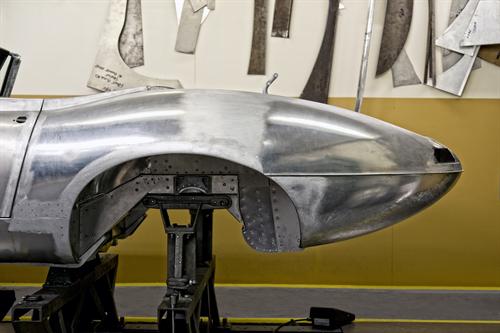
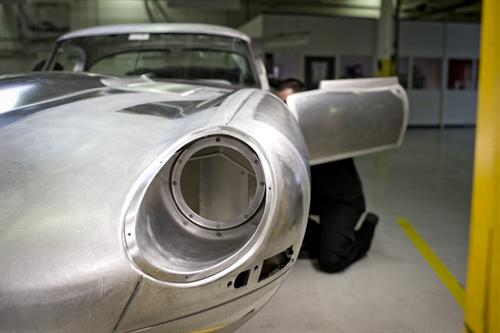 IN BRIEF
IN BRIEF
- Jaguar is to build six brand new ‘Lightweight’ E-types – the ‘missing’ six Lightweights that were never built from the intended 18-car series
- Jaguar’s first ever ‘re-creation’ project, the all-aluminium cars will be assigned the six remaining chassis numbers which were originally allocated in 1963
- All six vehicles will be built as perfect reproductions and to the exact specifications of the original 12 cars first produced in 1963
- The first new Lightweight E-type will make its public debut later this summer. Further information will be released at that point
IN DETAIL
(Whitley, Coventry – 14/05/2014). Jaguar is to build six perfect reproductions of the original, race-bred Lightweight E-type that was created in 1963. The new cars are the ‘missing’ six vehicles from Jaguar’s Lightweight E-type project, which originally started in February 1963 with the objective of building 18 ‘Special GT E-type Cars’.
Only 12 of the aluminium bodied Lightweight E-types were eventually built, the last in 1964, the remaining six designated chassis numbers having lain dormant, until now.
The new cars will be hand-built in-house by Jaguar’s finest craftsmen. Each car will be constructed to the exact specifications of their original 1960s forebears – including the 3.8-litre straight-six engine.
The Lightweight carried approximately 114kg (250lb) less weight than a standard E-type, thanks to its all-aluminium body and engine block, a lack of interior trim and exterior chrome work and a host of further weight-saving features including lightweight, hand-operated side windows.
Jaguar expects a high demand for the six Lightweight E-types. Established Jaguar collectors, especially those with historic race car interests, will be prioritised amongst those potential customers who express interest.
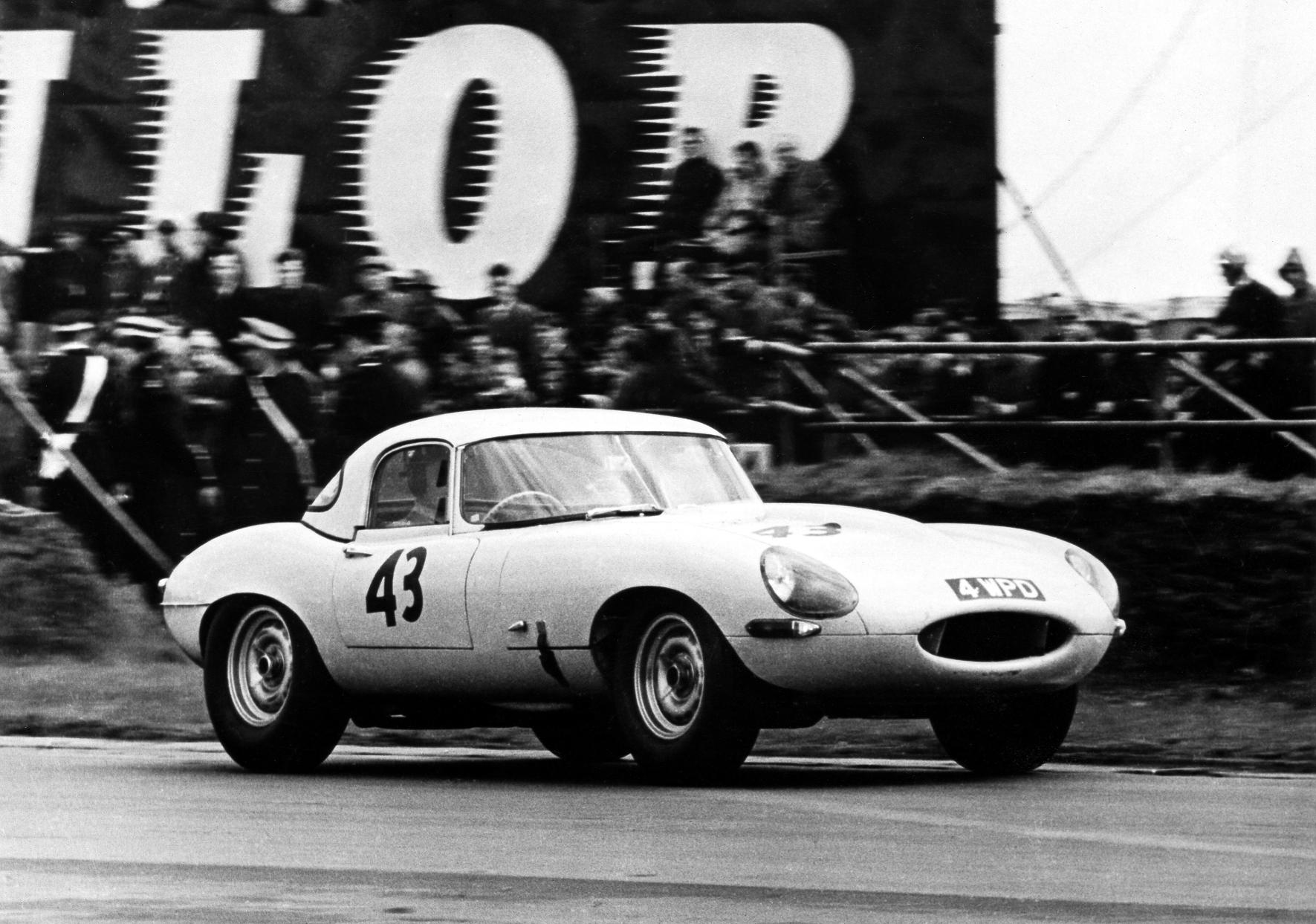
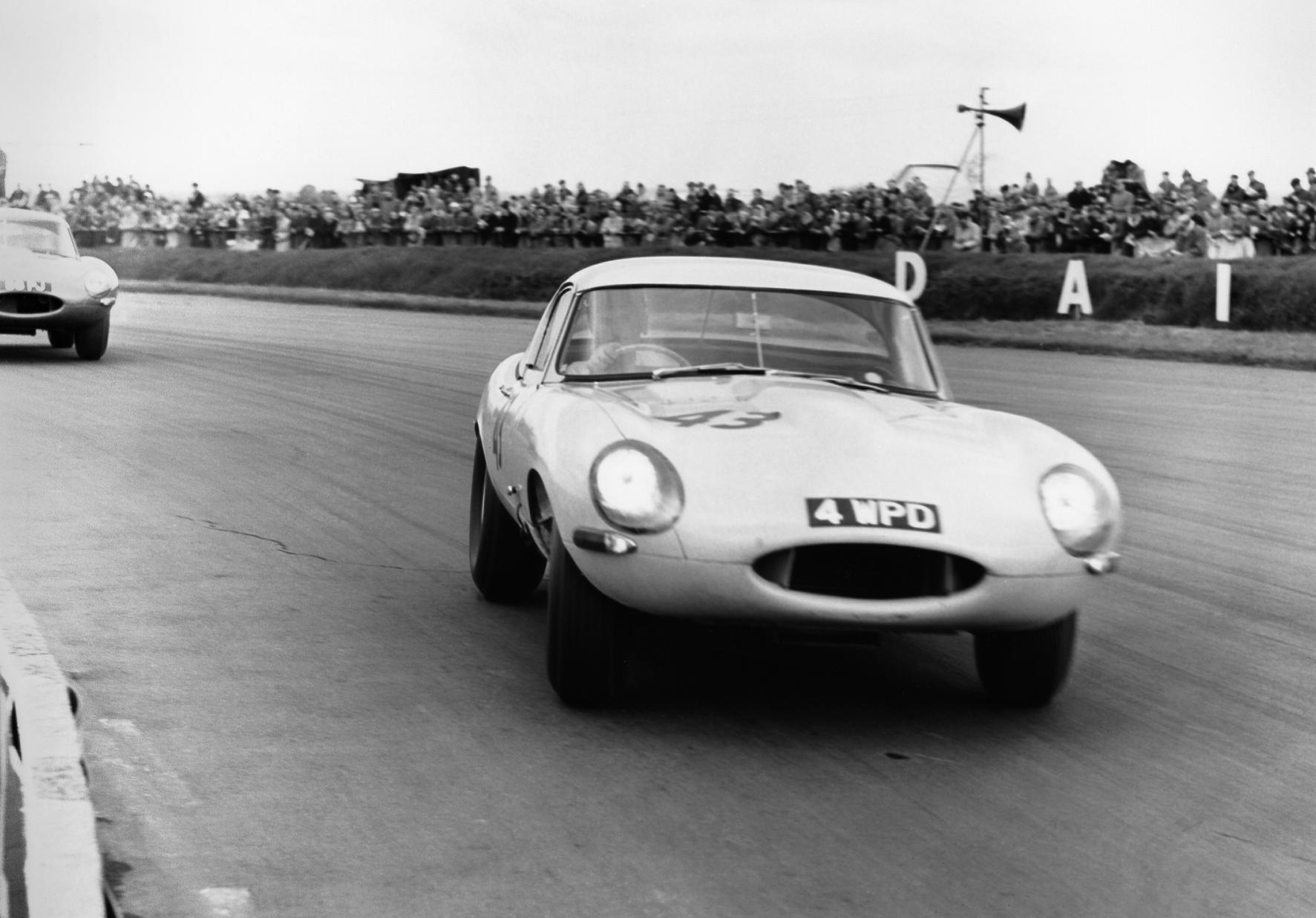
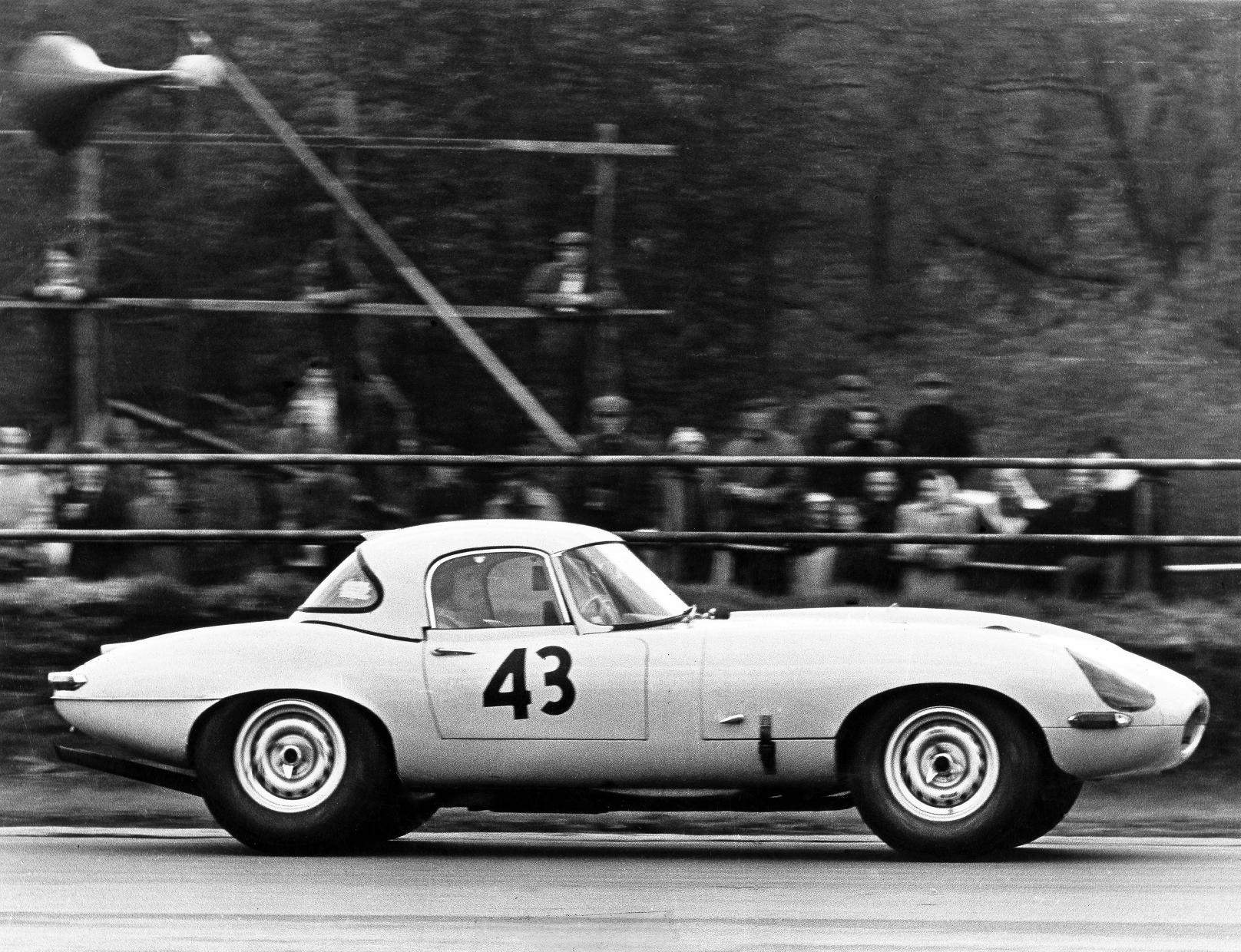
notes:
- The E-type was produced between 1961 and 1975. Just over 72,500 were built.
- The Lightweight E-types were built in 1963 (one car being delivered in 1964) by Jaguar’s competition department. Twelve complete cars were built in total – 11 are believed to survive today.
- The Lightweights were homologated for GT competition by being designated a ‘standard’ roadster E-type fitted with a number of options. Those options varied from car to car, but the main modifications included all-aluminium monocoque and aluminium body panels, aluminium-block, wide-angle head, dry-sumped 3.8-litre XK engine with fuel injection, and aluminium hardtop. All chassis numbers carried an ‘S’ prefix.
- The Lightweight E-types were raced in period by such as Graham Hill, Jackie Stewart, Roy Salvadori and Briggs Cunningham. Today the remaining Lightweights are regular front-runners in the historic motorsport scene.
